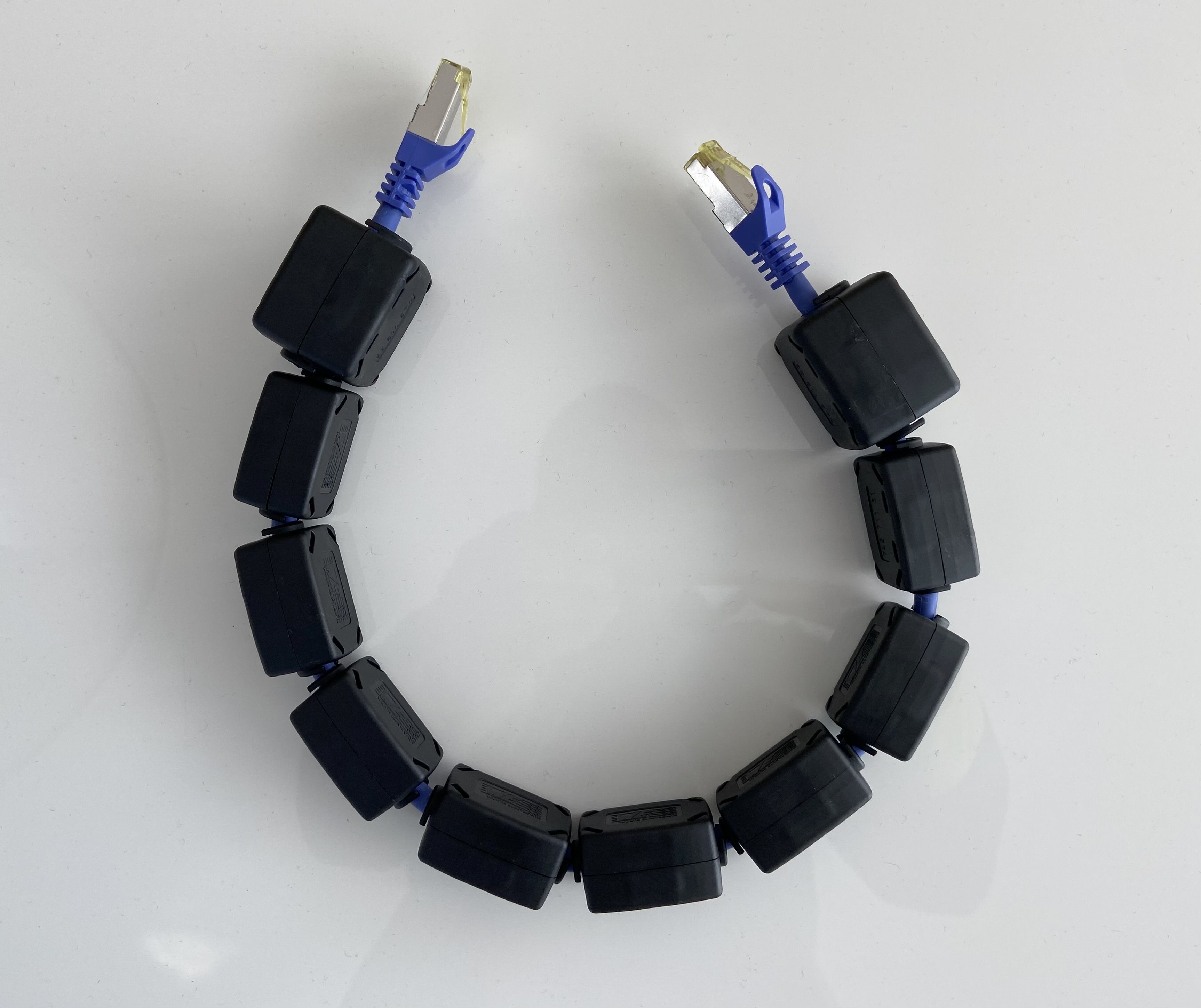Do these ground-lifted cables then become directional ie. does it matter whether the ground-lifted connector is at the switch (upstream) end or streamer (downstream) end?All ethernet cables from Audioquest, the Melco C100 and most likely others have the shield tied at one end only. I've modified STP and S/FTP cables by removing the gold wrap from one end, leaving only the non-conductive plastic. I've modified CAT8 cables by replacing one metal RJ45 connector with a generic plastic connector. I had one of my Furutech cables modified, upgrading both connectors with Telegartners and lifting the ground on one end. In some cases I use a LAN Isolator to break the ground connection, a strategy also used by SOtM for their ethernet cables.
For example, in describing their well-regarded C100 cable, Melco don't suggest any directionality when they say: "... benefits from asymmetric drain wire grounding, where one end of the cable features a ground point. Unwanted noise, either external or from connected devices, travels in one direction to the ground end, not interfering with delicate signal transmission.
The opposite (non-grounded) end of the cable features an innovative ‘floating’ shield, which is not attached to the connector plug, meaning unwanted noise cannot transfer to connected audio devices downstream"
By default, I think I'd put the ground-lifted connector at the switch end to sustain the switch's galavnic isolation but if any noise then goes to the ground end at my streamer, this doesn't seem ideal!
Thanks for your thoughts.
Last edited:














